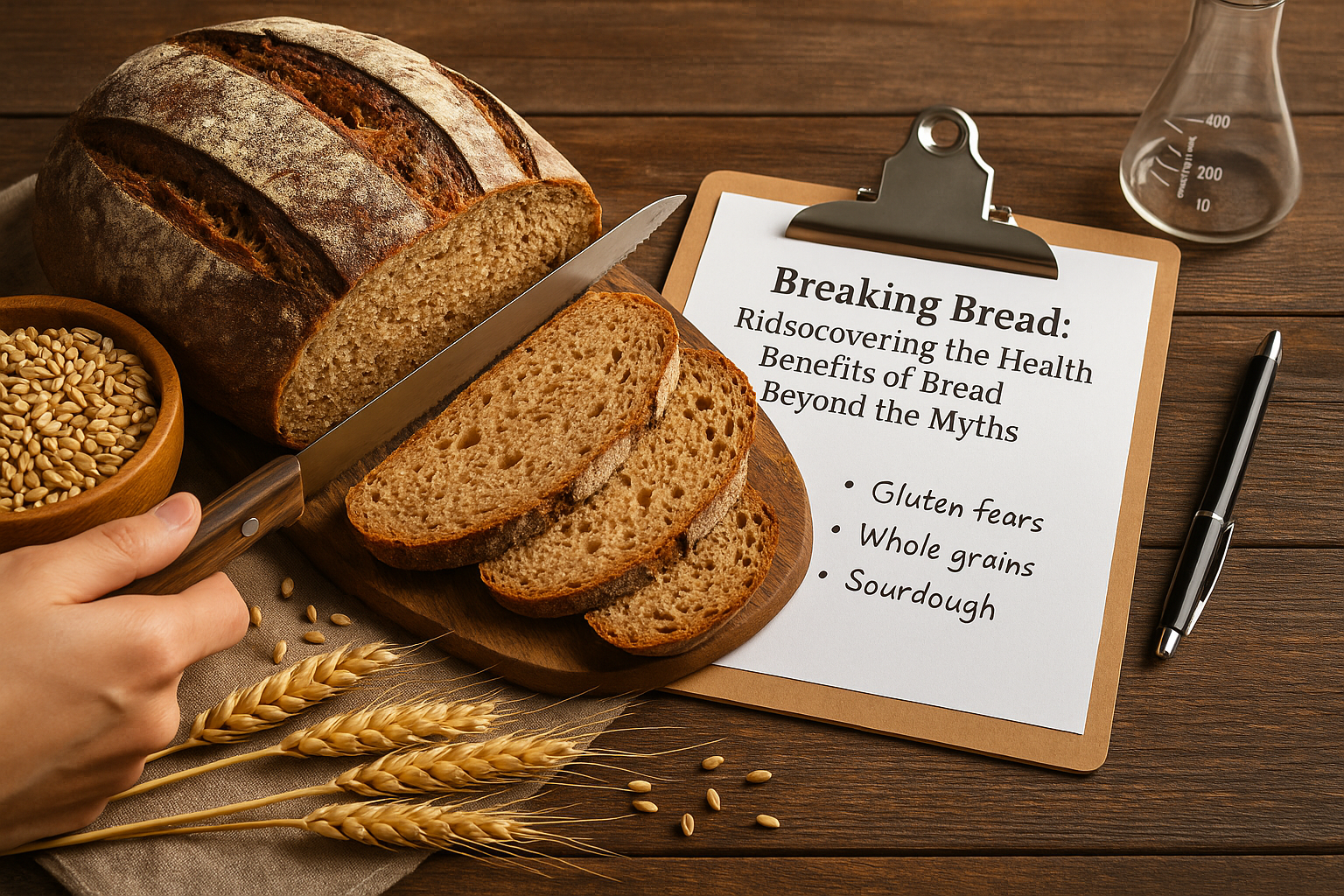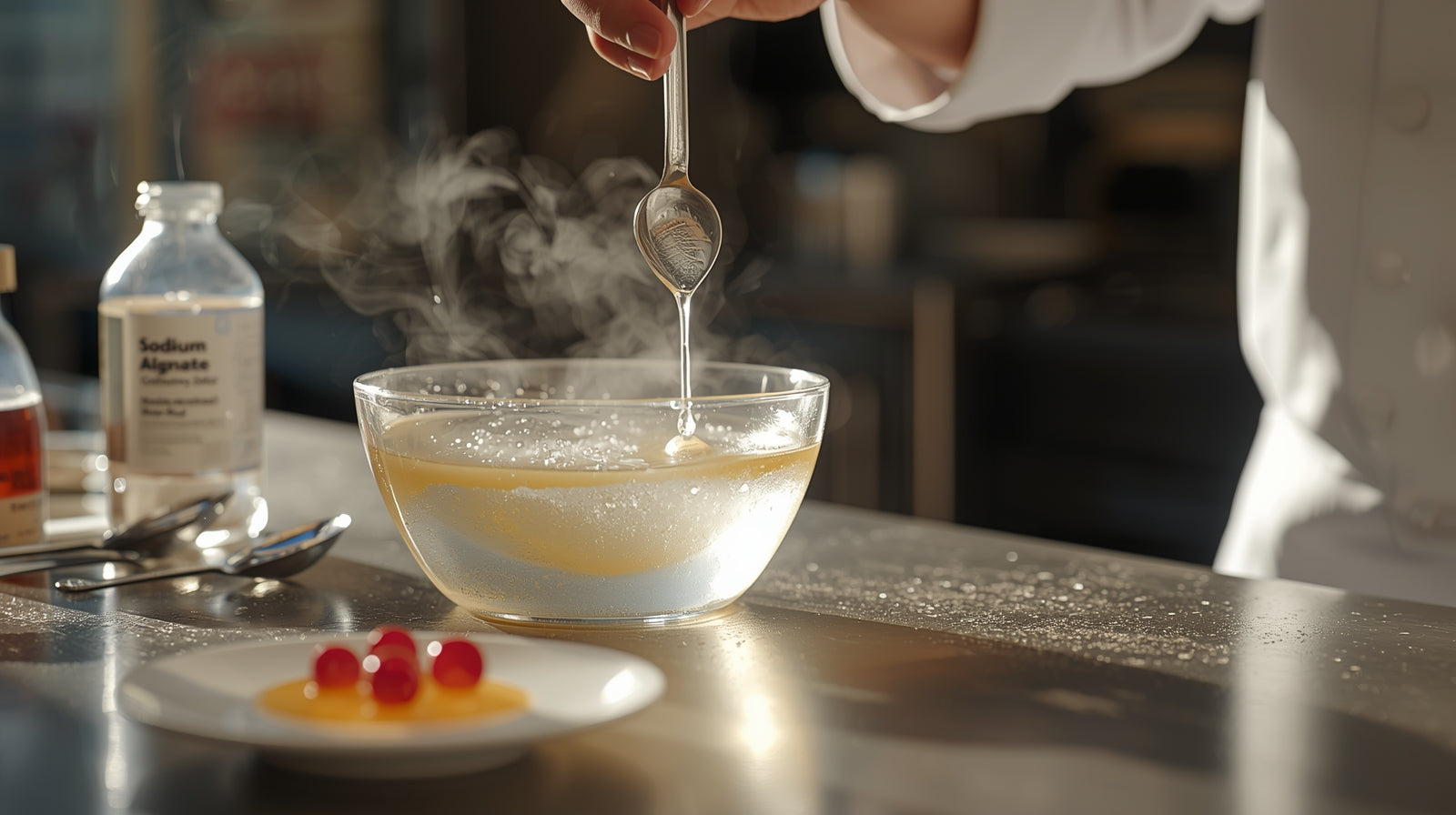Introduction
Guar gum is a natural hydrocolloid milled from the endosperm of guar beans (Cyamopsis tetragonoloba). It’s a powerful cold-water thickener and stabilizer used across sauces, beverages, baked goods, and frozen desserts. This guide explains what guar gum is, how it’s made, and how to use it effectively.
Quick Answers About Guar Gum
Is guar gum vegan and gluten-free?
Yes—plant-derived and naturally gluten-free.
Does guar gum hydrate in cold water?
Yes. It hydrates quickly without heating; shear helps prevent clumps.
Typical usage level?
~0.1–0.5% depending on desired thickness and system.
Does guar gum affect flavor?
Neutral taste at normal use levels.
What pairs well with guar?
Xanthan and locust bean gum (LBG) for improved texture, stability, and freeze–thaw performance.
What is Guar Gum?
Guar gum is a galactomannan polysaccharide. In water it provides rapid viscosity, stabilizes emulsions and suspensions, and improves moisture retention in baked goods. It’s widely used for clean-label thickening across foods and beverages.
How is Guar Gum Made?
- Harvest & Clean: Guar pods are collected; seeds are cleaned.
- Dehusking & Splitting: Hull and germ are removed to isolate the endosperm.
- Milling & Sieving: Endosperm is milled into powder and standardized.
- Quality Control: Viscosity, microbiology, and particle size are verified.
Culinary Uses of Guar Gum
- Sauces & Dressings: Cold-process thickening and emulsion stability.
- Dairy & Plant-Based: Smooth body in yogurts, milk drinks, and alt-dairy.
- Gluten-Free Baking: Moisture retention and improved crumb.
- Beverages & Smoothies: Suspends particulates; enhances mouthfeel.
- Frozen Desserts: Helps control ice crystals (often with LBG/xanthan).
Benefits & Functional Properties
- Cold-hydrating: Rapid viscosity without cooking.
- Efficient: Low use levels deliver substantial thickening.
- Stabilization: Helps prevent separation in emulsions and suspensions.
- Synergy: Works well with xanthan and LBG for texture and freeze–thaw.
- Clean label: Plant-based, gluten-free, neutral flavor.
Usage Tips & Starter Rates
- Premix dry: Blend with sugar or other powders to avoid clumping.
- Shear is your friend: Whisk or high-shear to disperse uniformly.
- Starter levels: ~0.1–0.3% for beverages/dressings; ~0.2–0.5% for sauces/dairy.
- Pairing: Combine with xanthan/LBG for elastic body and freeze–thaw stability.
Where to Buy Guar Gum
Cape Crystal Brands offers premium guar gum for culinary, R&D, and production use.
👉 Shop Guar Gum Now
Not all hydrocolloids behave the same way. Some are best for building viscosity and stabilizing liquids, while others are true gelling agents that create firm or elastic structures. A few can do both, depending on the partners they’re combined with. The table below highlights the difference between thickening and gelling functions at a glance:
Thickening vs Gelling Function of Hydrocolloids
Full Companion Table| Hydrocolloid | Primary Function | Notes |
|---|---|---|
| Xanthan Gum | Thickener / Stabilizer | Shear-thinning; excellent for sauces and dressings. |
| Guar Gum | Thickener | Adds viscosity in cold and hot systems; synergizes with xanthan gum. |
| Locust Bean Gum | Thickener + Gel Synergist | Alone it thickens; forms gels in synergy with carrageenan or xanthan. |
| Carrageenan (Kappa) | Gelling Agent | Firm, brittle gels; works with potassium and dairy proteins. |
| Carrageenan (Iota) | Gelling Agent | Forms soft, elastic gels with calcium; good freeze–thaw stability. |
| Agar | Gelling Agent | Strong, brittle gels; sets at high temp and remains stable when reheated. |
| Pectin (HM) | Gelling Agent | Gels with sugar + acid; used in jams and jellies. |
| Pectin (LM) | Gelling Agent | Forms gels with calcium; ideal for low-sugar products. |
Frequently Asked Questions
Is guar gum vegan and gluten-free?
Yes. It’s plant-derived and naturally gluten-free.
Does guar gum hydrate in cold water?
Yes. It hydrates in cold systems—use shear to prevent clumping.
How much should I use?
About 0.1–0.5% depending on the application and desired viscosity.
What gums pair best with guar?
Xanthan and locust bean gum—together they enhance body, stability, and freeze–thaw.
Will guar change flavor?
No. It’s neutral in taste at typical usage levels.
Related Thickening Gums
Explore other plant-based thickeners:





